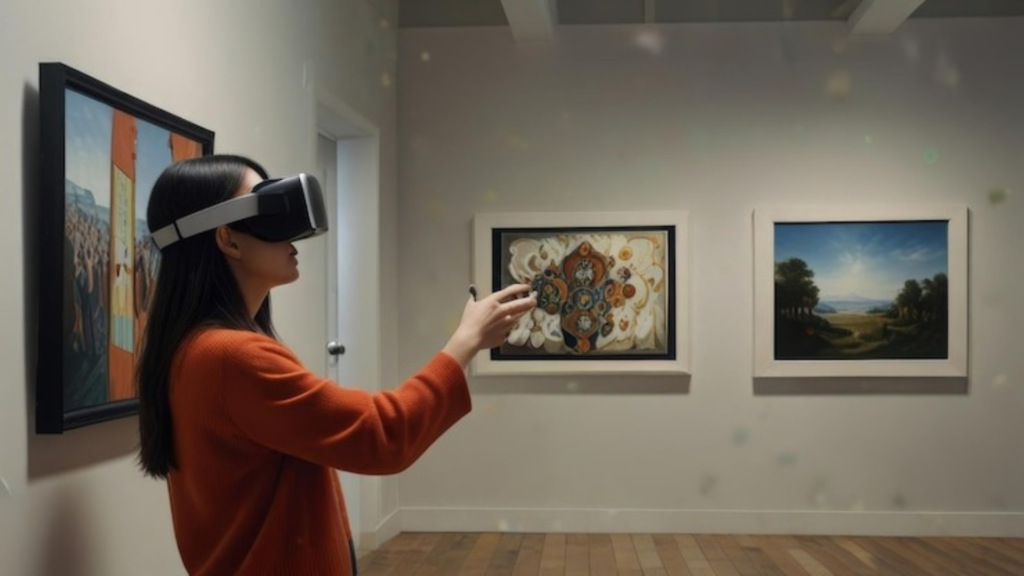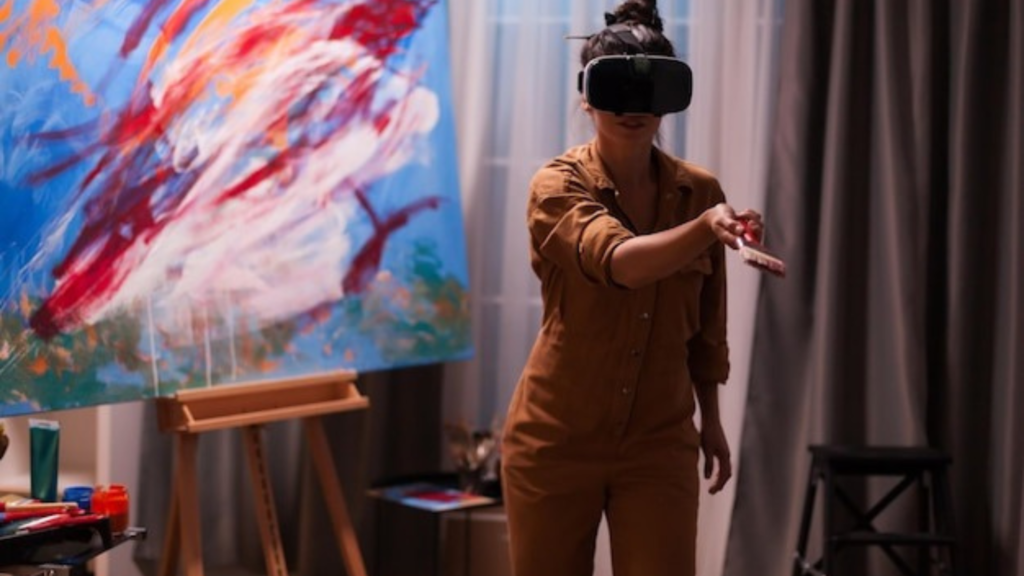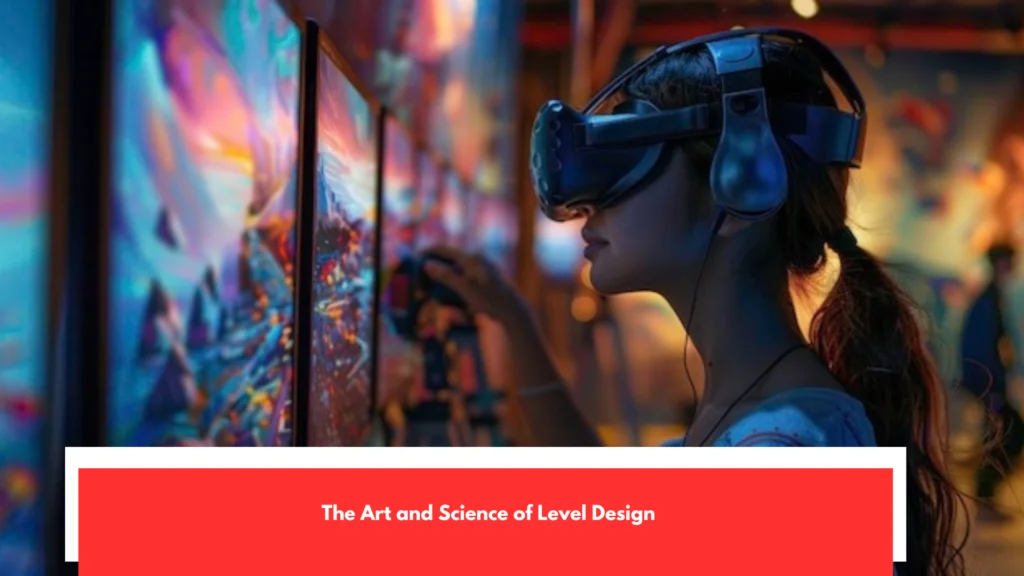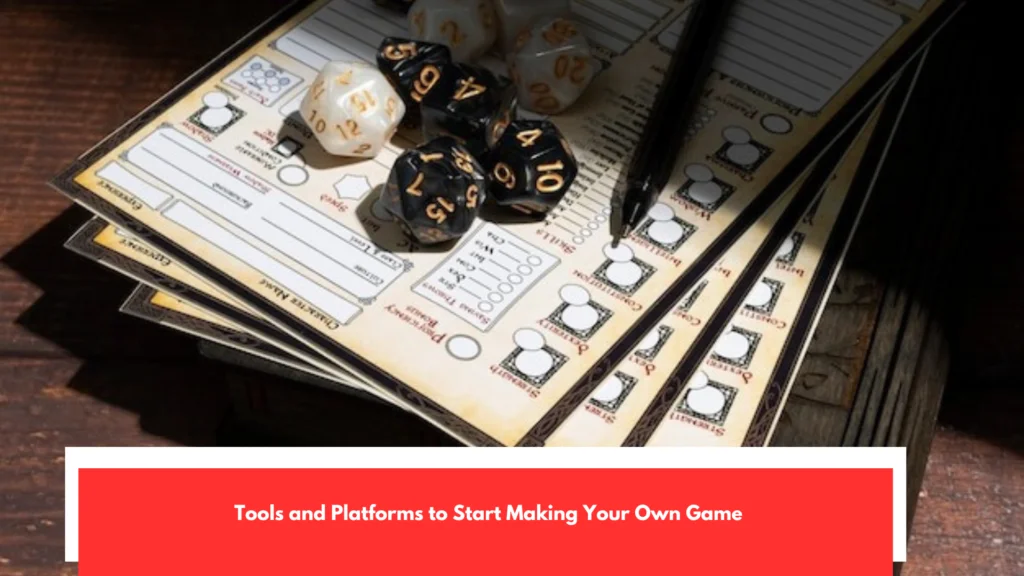Level designers are the people who come up with the ideas for how to develop the game worlds. They are designed to take the game’s vision and put it into specific areas where people may play it, because they guide the way, test, and astound the player. To make a fun gaming experience, you need to know a lot about Player Psychology and Gameplay Theory. The Art and Science of design begins with research—before sketching a single line, designers explore Level Architecture, Environmental Storytelling, and cultural or historical context.
Factors that are relevant to the game’s subject. Pinterest and Google Earth are two examples of visual applications that can help you find visual inspiration and learn about the geography of the real world. At this point, you will need tools like 3D Studio Max, Maya, Blender, and game engines like Unreal and Unity. Level designers employ geometric primitives to make level prototypes that show the space and flow of the level. Blockout or Grayboxing is another name for this approach, which lets you swiftly make changes to the design without worrying about style.
What is game level design

Game designers, artists, programmers, and audio pros all work together to make levels. Slack, Trello, and Confluence are some of the most important collaboration tools that help keep communication within an organization and make work flow more smoothly. It means that the ideas of “Game Mechanics,” story, and conceptual art are all put together in a way that gets the levels as close to being playable as possible without sacrificing the game’s vision. An appropriate level design uses visual and design elements like lighting and composition to lead the player in a way that makes sense.
Using design tools like Adobe Photoshop to make a Mood Board and SketchUp to make a basic 3D model, the user may see how the elements will guide the player before they are used to make something better. There needs to be a balance between the players’ talents and the complexity of the levels in order to make them reasonably demanding yet still easy. Designers can use the so-called Analytics Tools (or Unity Analytics) to change the difficulty level depending on real data about how players interact with the game. Testing is a vital part in designing levels.
How level design has changed over the past 40 years: from Pac-Man to Elden Ring

Via technologies like “Playtesting” (for example, Steam Early Access). Based on this feedback, the designers change the design, changing the choices on how to make puzzles, where to put enemies, and how the stages flow to make the game more fun. The level designer moves on to the iteration and polishing step once the level has been tested a few times and enough information has been acquired about it. This is when all the specifics need to be worked out, down to the smallest things like where the objects should be placed and how to improve performance.
Engines like Unreal Engine and Unity come with built-in Debugging Tools that are very important here. These tools let a designer fix faults that may have happened during development, such as difficulties with collision detection, AI behavior, and more. In addition, there are design tools like Unity’s ProBuilder that let you make modifications and fixes to the game environment right away without having to use 3D modeling technologies. When designing a level, it’s not just about how helpful and fast the game is, but also how the place feels and looks.
Stages of developing a video game level

The level feels very real because of the tale and the way it looks. Programs like Substance Painter and Quixel Suite can help a painter make realistic details and textures and materials in a kind of environment to do this. Using FMOD or Wwise to add sound effects and music can also change a level, making the player feel more like they are part of the game. To put such ideas into practice, it would be useful to look at the top-level design of games. These are the kinds of games that should be studied. For example, Dark Souls has very connected and hard level design.
The Legend of Zelda A Breath of the Wild has an open-world design that lets you explore a lot, and Portal has clever puzzles and a story that is easy to understand. A lot can be learned by breaking down these games and looking at how they guide the player, how they balance difficulty and ease, and how they use aesthetics and a story. Level design is an evolving field because of new technology and the shifting tastes of players. Any level designer should keep up with the latest tools and techniques so that they can make their games fun and memorable.
Conclusion

Through study, teamwork, and meticulous repetition of design, designers may turn ideas into real gaming worlds that can astound, baffle, and attract players all across the world. Level design is more of an art than a science, and you can only get good at it by being technically clever, having a good knowledge of how games work, and, most importantly, having a passion for making fun experiences. Level designers are both authors and builders in the world of game design. They work with game creators to change the game project. Finally, the Level Designer ebook is here.
Professional level designers who work in the video game industry and Unity Product masters made Introduction to Game Level Design. It will teach you how to use the right Unity tools to build a world, like Unity ProBuilder, Unity Terrain system, and others. This guide is for both new and experienced level designers. Learn how the work of a level designer fits into the game development process. After that, learn how to use the Unity tools to make your level designs by prototyping, testing, and changing them. When we’re playing a video game, we never think about working on all of the levels that are in the game.


